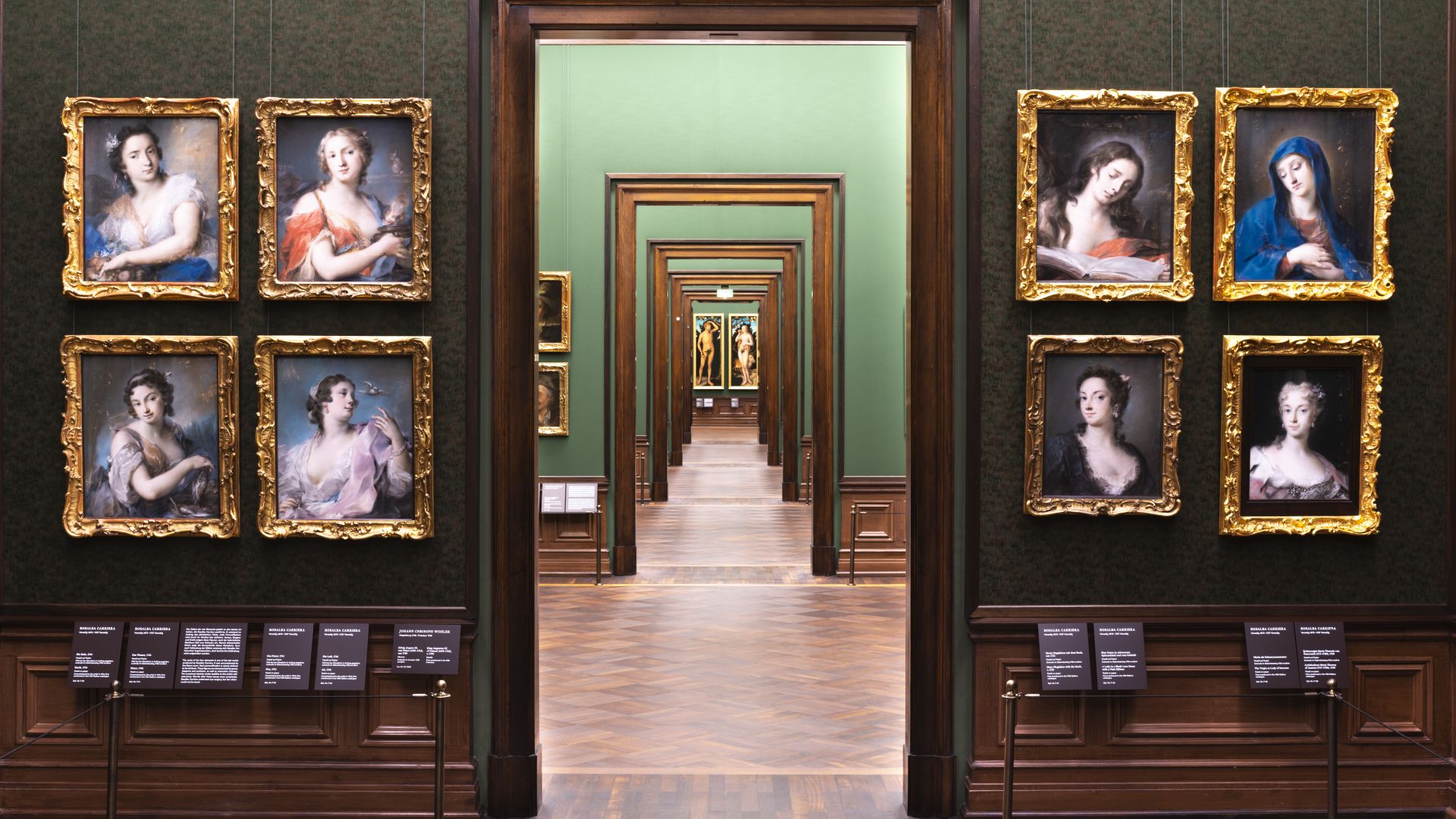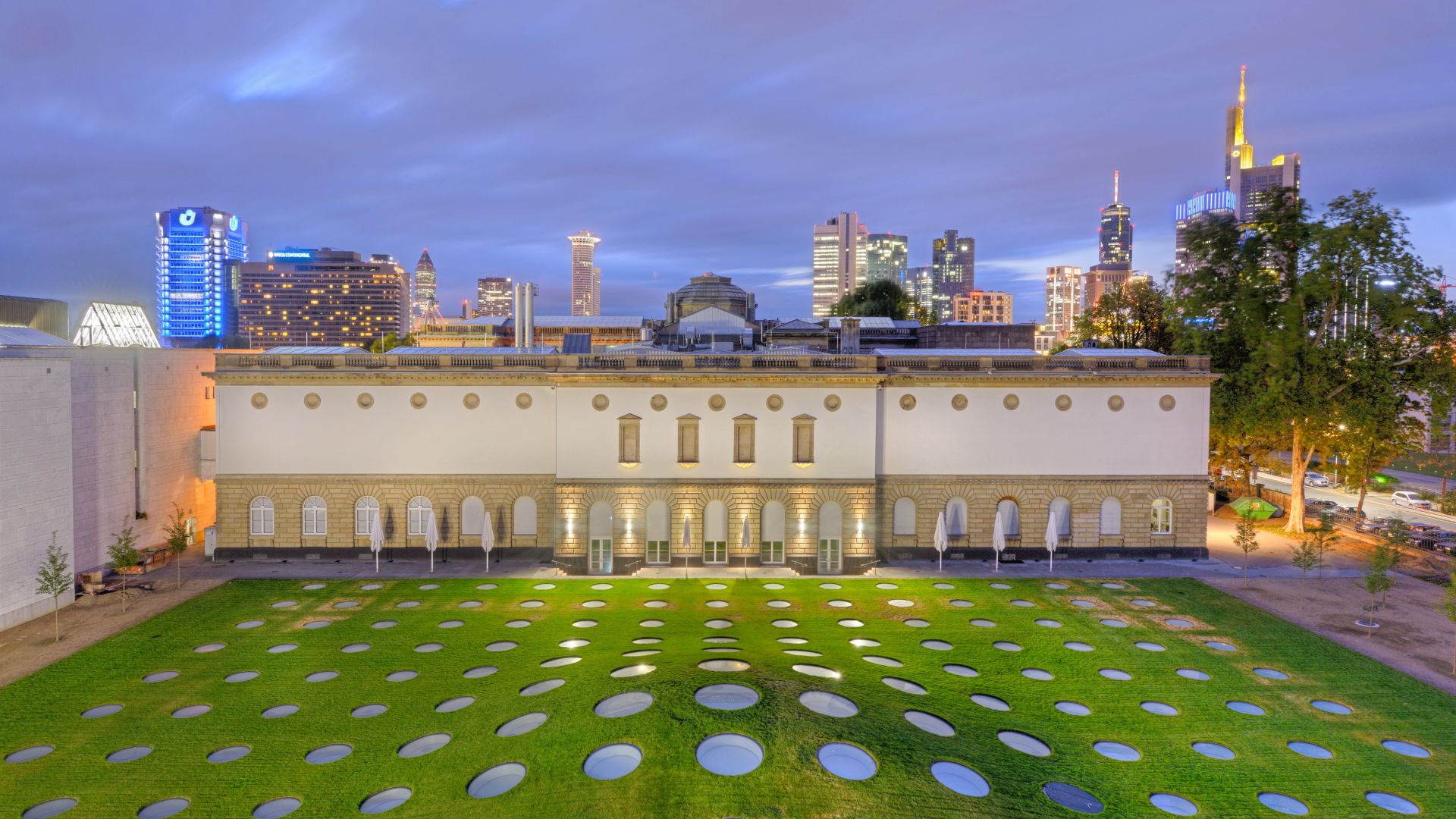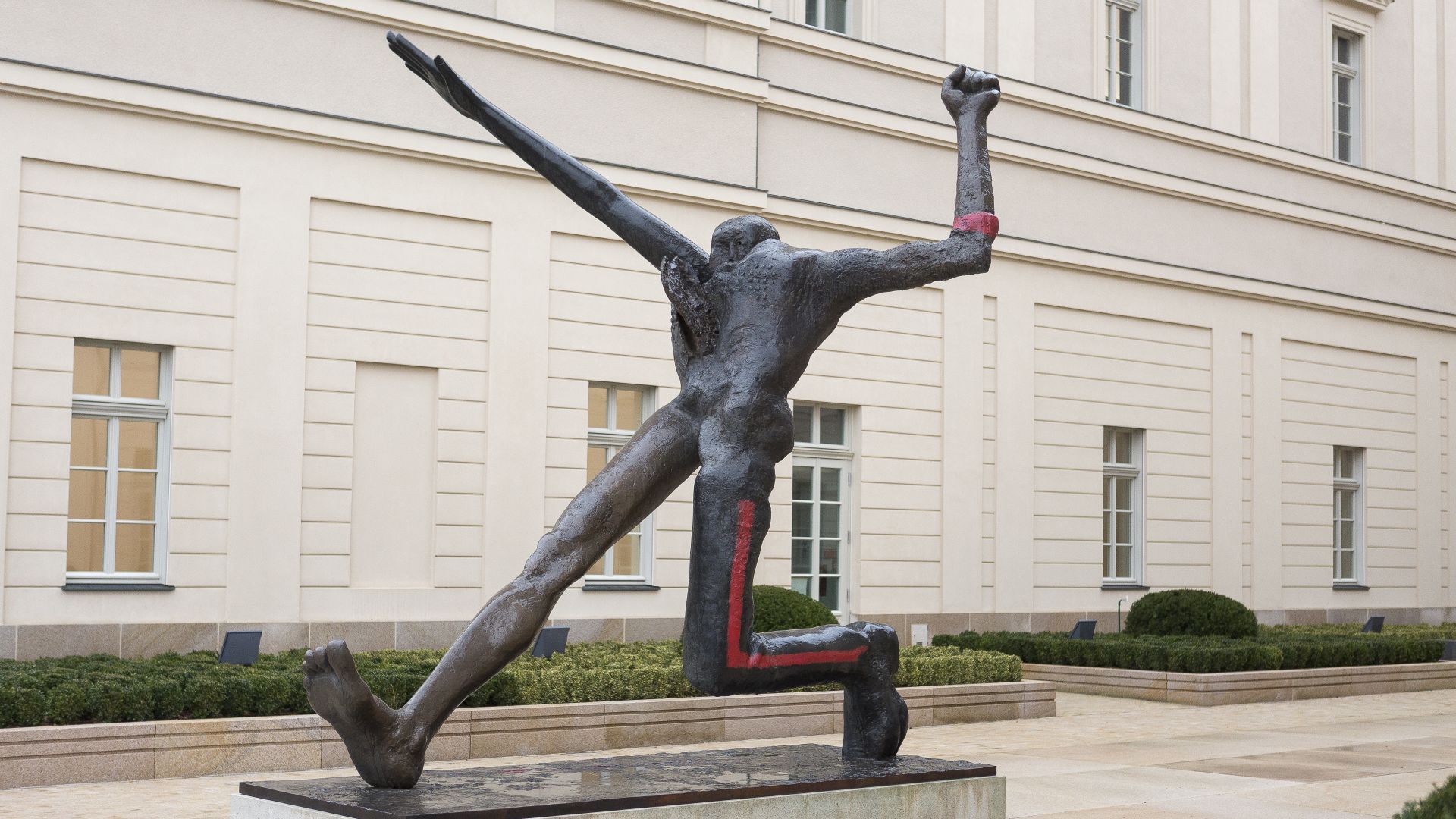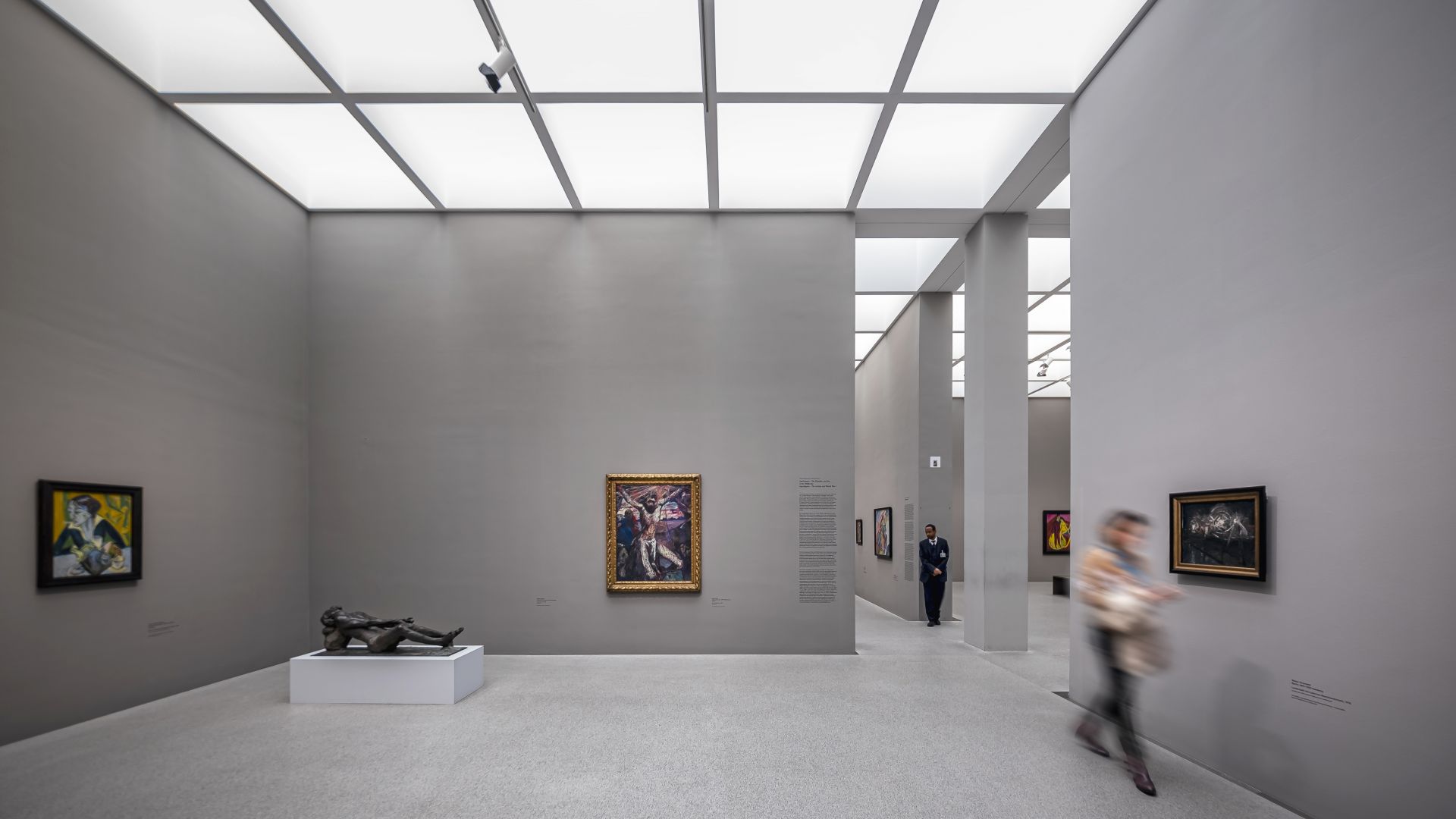Cities & Culture
Classical Art Museums: Genuine Masterpieces
The fact that some of the works in art museums are several centuries old does not mean that they are just dusty cultural artefacts. On the contrary! Most museums display their treasures to their best advantage, be it in refurbished spaces or via digital media devices.
Old Masters Art Gallery: Superstars of the Renaissance
 Dresden: The Old Masters Picture Gallery
©DZT (Francesco Carovillano)
Dresden: The Old Masters Picture Gallery
©DZT (Francesco Carovillano)
Almost every visitor to Dresden has the Zwinger on their itinerary. No wonder, since the impressive building complex is one of Germany's most important baroque buildings. Not to mention the interior features! The Old Masters Art Gallery housed here is one of the most renowned collections of paintings in the world. The "Who's Who" of painting, from Peter Paul Rubens to Albrecht Dürer, is gathered across three floors, focusing in particular on the Renaissance period. More than 300 paintings from across the 15th to 18th centuries, including Vermeer's "The Procuress", Correggio's "Nativity", Titian's "Sleeping Venus" and Raphael's "Sistine Madonna" with its two iconic angels, are on display in the gallery's high, light-filled rooms. The collections of pastels by Rosalba Carriera and paintings by Lucas Cranach are also unique. The goal is to linger instead of rushing through. Especially since the museum has really smartened itself up in 2020. In addition to the careful but decisive modernisation of the building, numerous works were restored, and frames freshly gilded or recreated from scratch. Additionally, extensive accent lighting allows paintings and sculptures to appear literally in the best possible light. A special highlight of the newly-designed Semper Gallery is the integration of the renowned so-called Sculpture Collection, with sculptural works spanning five millennia, from Assyrian relief panels to valuable terracottas and vases.
Städel Museum: 700 Years of Art History Under One Roof
 Frankfurt/Main: Städel Museum
©#visitfrankfurt (Holger Ullmann)
Frankfurt/Main: Städel Museum
©#visitfrankfurt (Holger Ullmann)
Frankfurt is not only a financial centre, but also a museum capital. A phenomenal 38 exhibition venues, from the Film Museum to the Architecture Museum to the Jewish Museum, make up the "Museumsufer Frankfurt", an unparalleled cultural hotspot. Right in the middle: the Städel Museum, one of the most important art museums in the country. Founded in 1815 by the banker and merchant Johann Friedrich Städel, the museum collection is the oldest and most renowned in the country. Over the years, it has collected more than 3,100 paintings, 660 sculptures, 5,000 photographs and over 100,000 drawings and graphics. In imposingly designed rooms, paintings from across seven centuries are presented, from the 14th century to the present day. Many of these are true masterpieces of European art. Would you like to hear some name dropping? Here you go: Hieronymus Bosch, Lucas Cranach, Albrecht Dürer and Sandro Botticelli are represented there, as are Francis Bacon, Gerhard Richter and Wolfgang Tillmans. A real crowd-pleaser is "Goethe in the Roman Campagna" by J. H. Wilhelm Tischbein, probably the best-known painting of the Frankfurt-born Prince of Poets. Those who prefer a more modern approach are likely to enjoy the Goethe silkscreen created by Andy Warhol. Speaking of modern: although these works of art are antique, the museum curators rely on modern apps to serve as audio guides, as well as podcasts, a large digital library with details on each painting, and innovative events including art talks, evening events and workshops for all ages.
Museum Barberini: The New Pilgrimage Site for Lovers of Impressionism
 Potsdam: Wolfgang Mattheuer's Century Step in front of the Museum Barberini
©TMB-Fotoarchiv (Steffen Lehmann)
Potsdam: Wolfgang Mattheuer's Century Step in front of the Museum Barberini
©TMB-Fotoarchiv (Steffen Lehmann)
Conversions, renovations, expansions: these things happen regularly in museums, but it is rare for a completely new museum to be commissioned. In 2017, this happened anew with the Barberini Art Museum in Potsdam, which 'The Guardian' immediately ranked among the most important openings of the year internationally. Its prominent location in the new historical centre of Potsdam is particularly noteworthy, as the 18th-century Barberini Palace, which was destroyed in the Second World War, was lavishly reconstructed in the classicist-baroque style. Patron and SAP co-founder Hasso Plattner invested heavily in this, and in a total of 17 exhibition halls, all equipped with the latest technology and featuring high ceilings. Exactly how much is not known. It is also difficult to put a figure on the treasures of the Hasso Plattner Foundation on display across 2,200 square metres. Fact: this permanent exhibition is of great value on its own, being shown alongside high-calibre temporary exhibitions. It focuses on works of French Impressionism and Post-Impressionism; there are around three dozen works by Claude Monet alone (highlight: the Haystacks series). Another focus is on GDR art. These include works by Gerhard Richter as well as by the founders of the Leipzig School, such as Werner Tübke, Bernhard Heisig and Wolfgang Mattheuer. A monumental cast of his sculpture "Step of Century" adorns the museum's inner courtyard.
The Pinakotheks in Munich: Masterpieces Around Every Corner
 Munich: Pinakothek of Modern Art
©www.nicanorgarcia.com (Nicanor Garcia)
Munich: Pinakothek of Modern Art
©www.nicanorgarcia.com (Nicanor Garcia)
The Kunstareal in Maxvorstadt is home to a cluster of top-class museums. Internationally best known are the three Pinakothek museums, where visitors can admire great art from the 13th century to the present day. The Alte Pinakothek, which was the largest museum building in the world when it opened in 1836, contains, nominally speaking, the comparatively oldest works. And what a collection it is! For example, Altdorfer's legendary "The Battle of Alexander at Issus", Dürer's famous self-portrait, Leonardo da Vinci's youthful work "Madonna of the Carnation" and "The Great Last Judgement" by Rubens. At over six metres high, it is the largest painting by this brilliant artist. Masterpieces of no lesser importance, but dating from the late 18th to the early 20th century – including works by Klimt, Manet, Goya, Van Gogh – are part of the collection of the Neue Pinakothek (currently under renovation). As if these two renowned museums were not enough, the Pinakothek Modern, opened in 2002, now brings the total to four. Within the bright, classically sleek building is the Modern Art Collection, with numerous paintings from the 20th and 21st centuries (including works by Paul Klee, Franz Marc and Ernst Ludwig Kirchner), the Architecture Museum, the State Collection of Prints and Drawings and the New Collection, which is one of the most important design departments in the world.